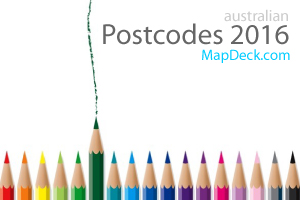- Condamine River system between Condamine and Chinchilla, Queensland
- Northwest Victorian rivers between Shepparton and Kerang
- North Queensland rivers, near Normanton
Over the next two years this service will be developed into a nationwide portal to ultimately provide data on flooding which has been observed by satellite across Australia since 1987.
The information has some limitations as not all foods can be detected by satellites since observation of the Earth by satellite depends on clear skies and satellites have specific, scheduled observation times. Nevertheless, it’s a first attempt to map floods consistently across the entire continent and the service will provide valuable insights into flood patterns and food extents.




